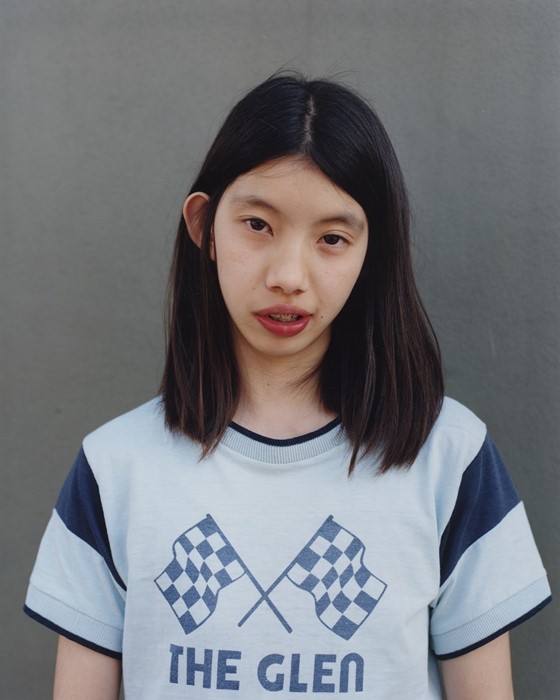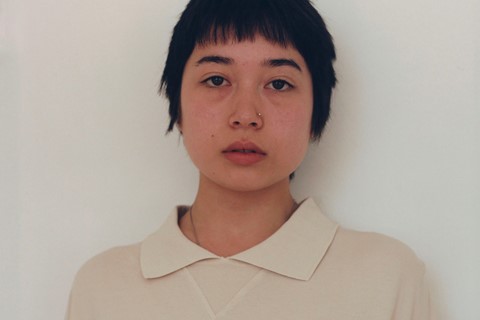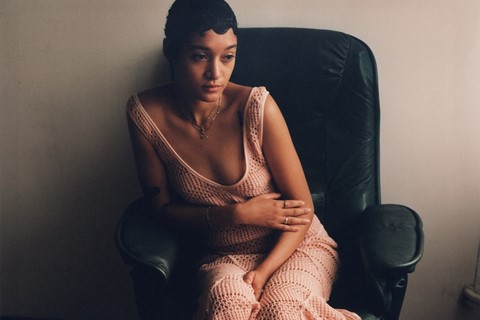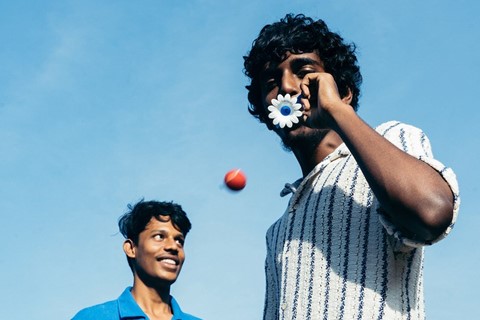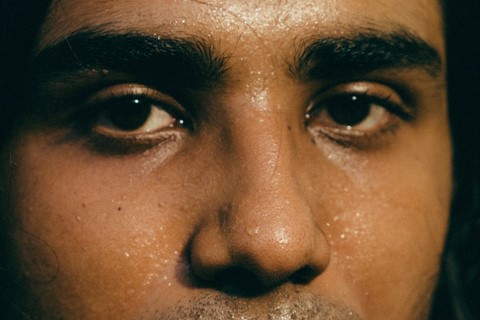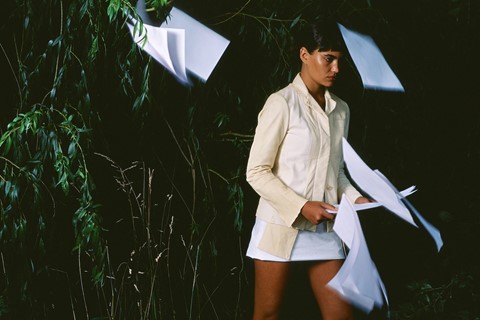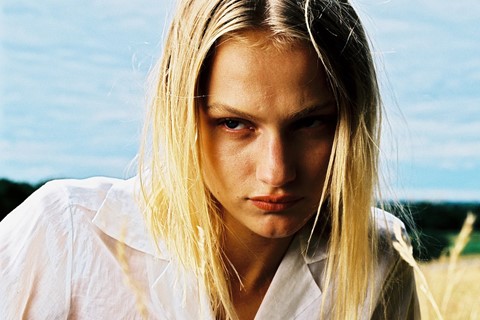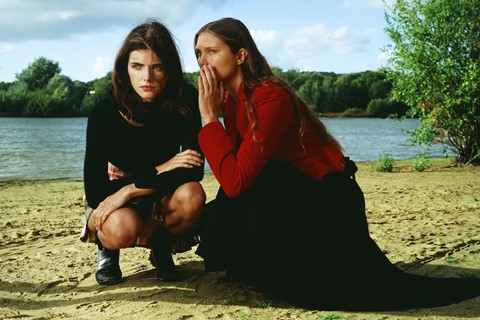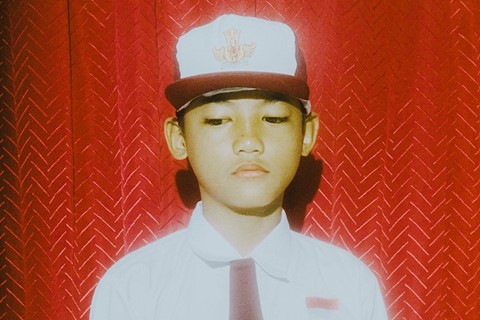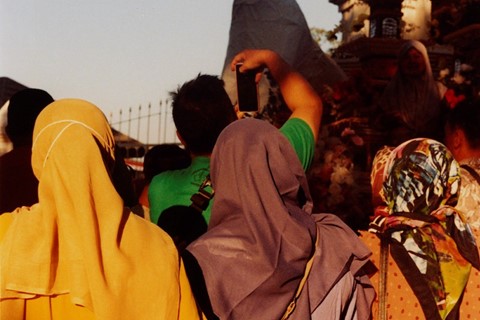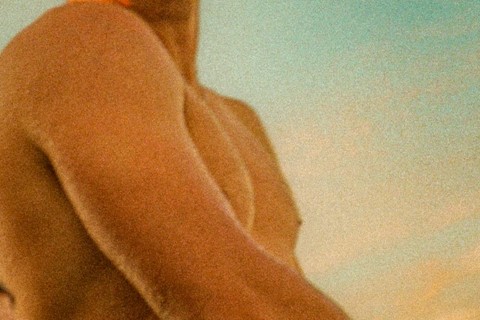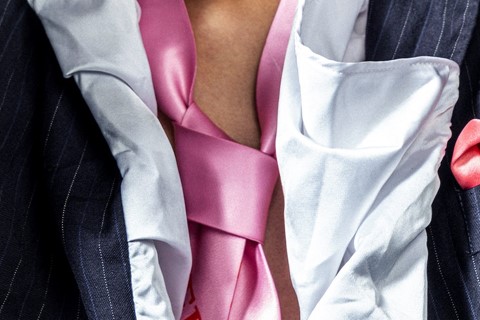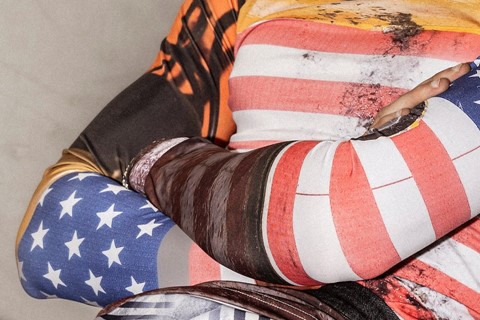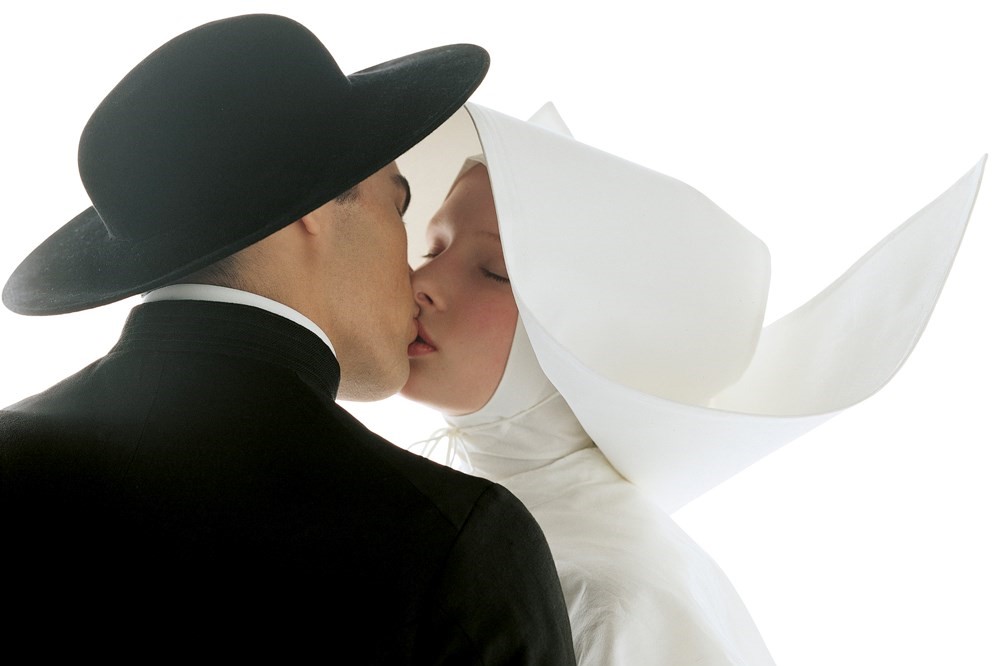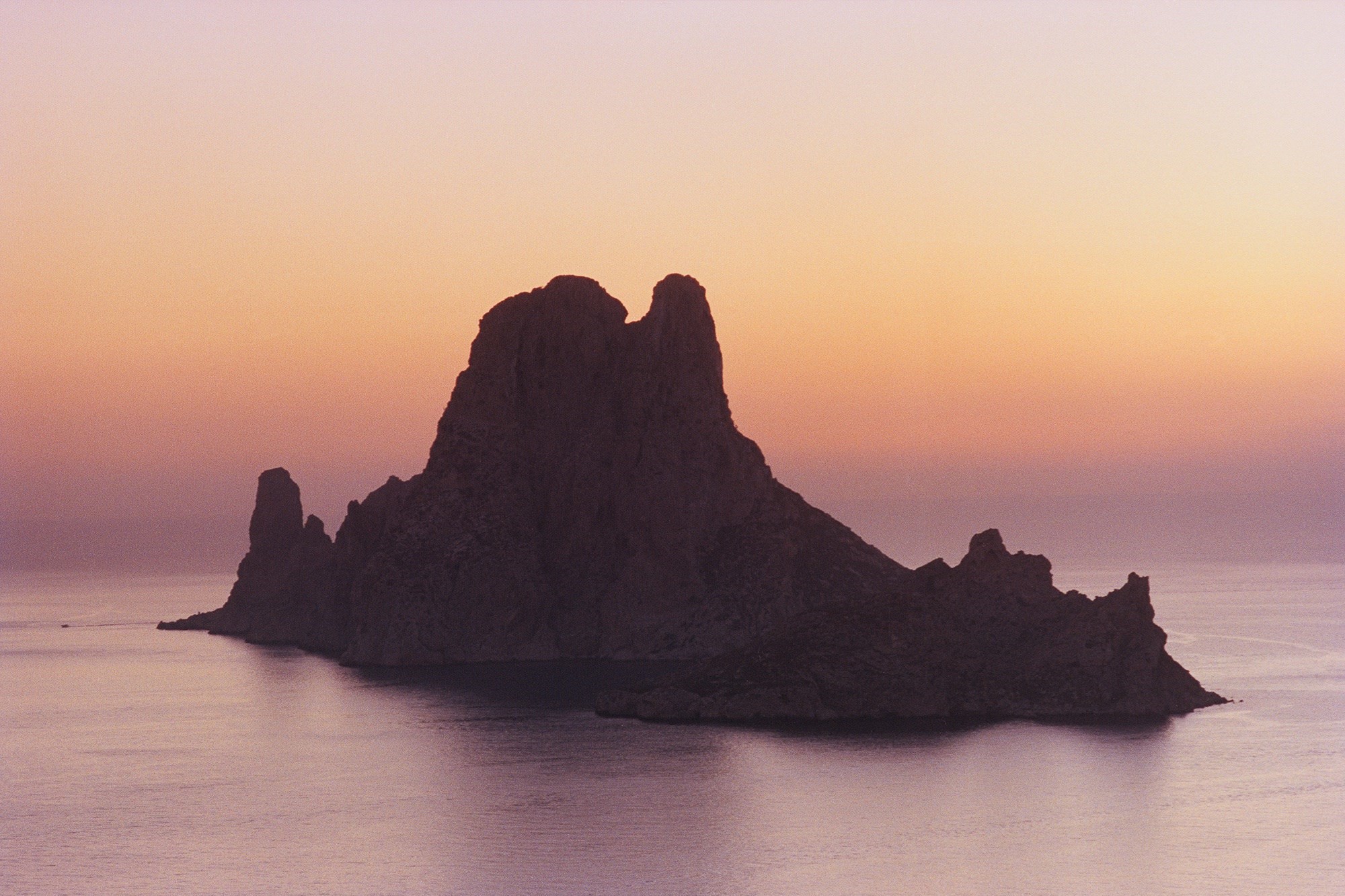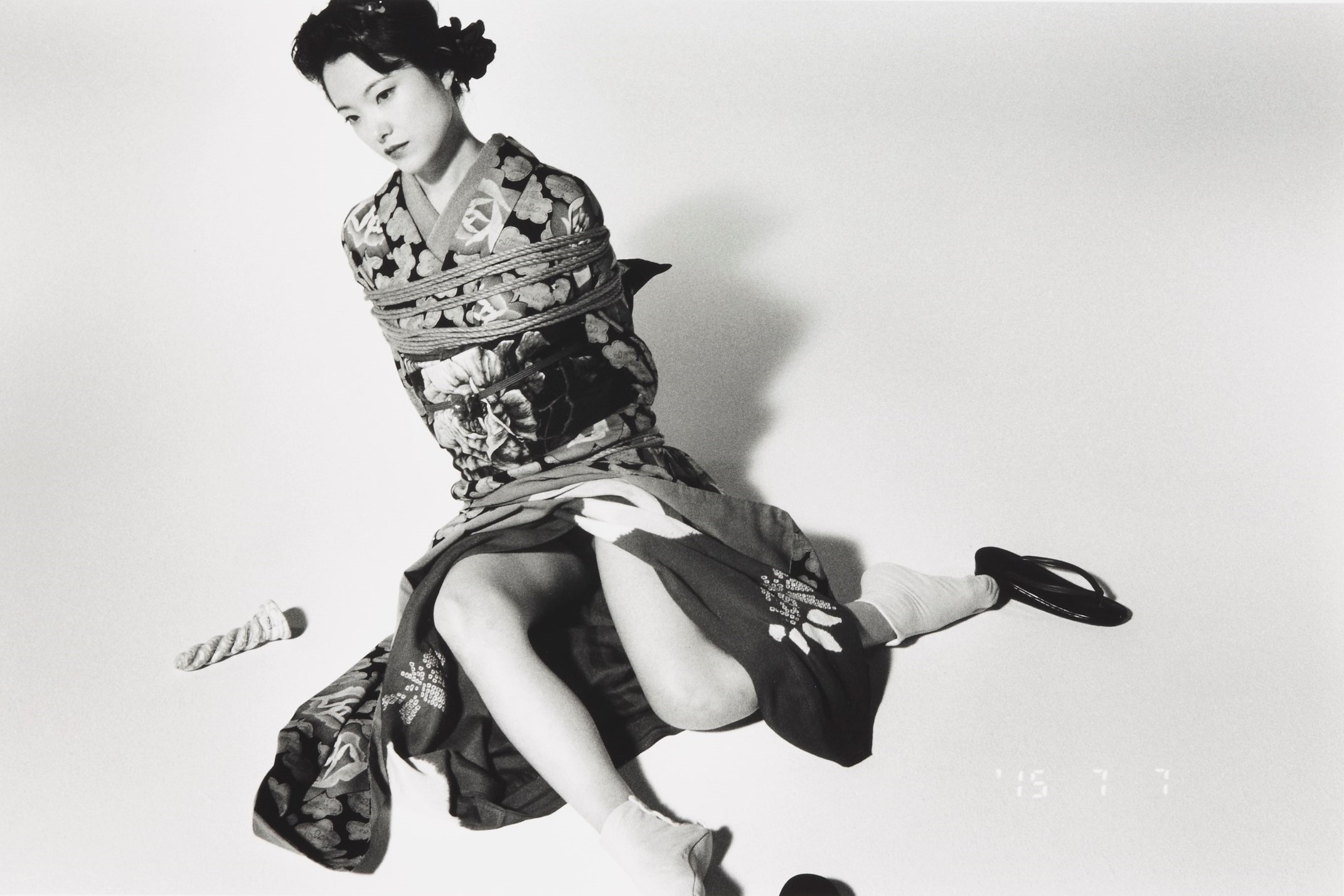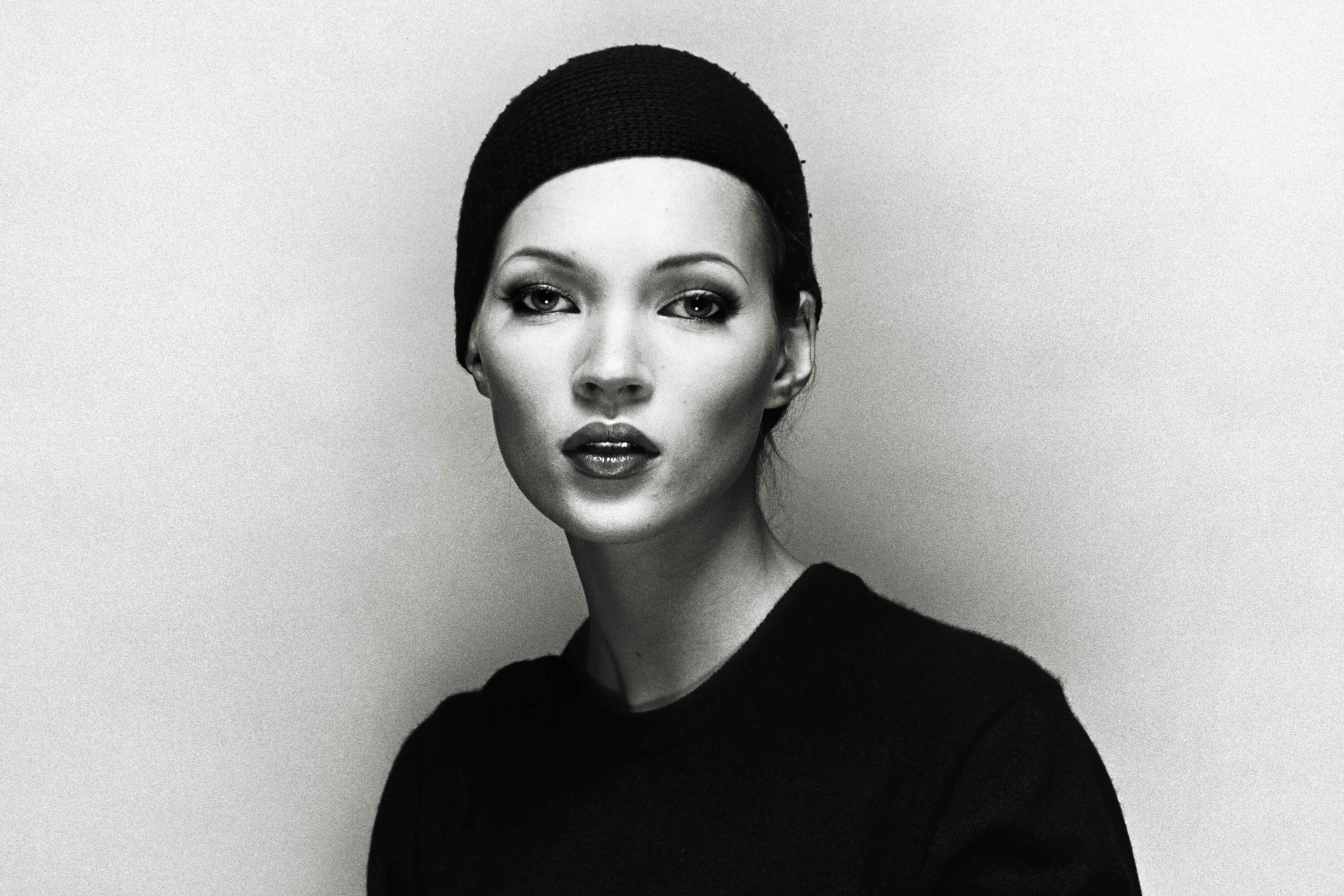Ahead of Central Saint Martins’ first-ever MA Fashion Communication exhibition, AnOther spoke with five photographers from the course – whose work explores ideas of queerness, home and heartbreak
Every day, we are confronted with an abundance of pictures on our screens, our brains wired to process countless moving images. In an age where Reels outrun pictures, and where our social media feeds are filled with a myriad of fast-cut collages, fashion photography has to fight for our attention.
At Central Saint Martins – a long-established incubator for the next generation of fashion photography – there are burgeoning talents that will keep your thumbs from scrolling. Ahead of the MA Fashion Communication course’s first-ever exhibition at the Lethaby Gallery in 1 Granary Square, AnOther spoke with five photographers from the course, who tell stories around queerness, the beauty of coming of age for a second time, the feeling of belonging, and home and heartbreak in all its nuances.
Coco Wu
For Chinese-born photographer Coco Wu, the process of photography begins much earlier than pressing the shutter. At the core of her work is her casting choices – completely driven by intuition, she finds her characters on the streets. She then takes them on walks, for coffee and, more often than not, they spend multiple hours together. Her resulting work explores what she sees in these people – the connection they have for that short period of time. Wu could spend several minutes before pressing the shutter, trying to capture that moment when the people in front of the camera let loose. “I really appreciate the awkwardness. If you look closely enough, if you don’t let them go, something interesting will pop up. They would let loose for a split second. That’s what I’m trying to capture anyway.”
Raajadharshini
To this day, fashion seems to direct its gaze towards the west – something Raajadharshini could never really relate to. “I wouldn’t be wearing Alexander McQueen every day in India, walking on the street in that heat.” she explains. With her work, she wants to shine light on her home, Tamil Nadu, and challenge the stereotypical view of the southern part of India, which is often shown with “well-meaning pity or catastrophe”. Raajadharshini’s pictures are here to fight against tokenism, to tell stories of brown people and the lives they lead. She captures the rawness of Tamil Nadu, the unconventional characters she comes across, real houses and real people between youth, joy, leisure, and inner conflicts against the vibrancy and chaos of the state she calls home.
Kayla Connors
Kayla Connors’ work is rooted in the everyday, marrying high fashion with the mundane. Her images sing with stories of sisterhood, strength and heartbreak, inspired by the women in her life dealing with small, everyday obstacles. Even if the woman in her picture is wearing an elaborate gown, she manages to sneak a sense of familiarity in the picture, bridging the gap between the occasional frivolousness of fashion and the here and now. “If I put my model in a really expensive dress, I’ll add in some sneakers I’ve had since I was a kid, just to pull you back from the height which is high fashion,” she says.
Farid Renais
Farid Renais’ photography is an ongoing process of revisiting the place he calls home. For his final major project, he returned to his grandmother’s village in Bengkulu, a province on the south-west coast of Indonesia. There, he produced a series of photographs of his family members and the people within the community; this sense of belonging is the red thread that runs through his images. A scarlet kite against a cornflower blue sky, headscarves in shades of amber and ochre – his photographs are beaming with color, exploring conversations around identity and the everyday by reflecting on the time, places and people that are a part of him.
Scott Bowlby
In his work, Scott Bowlby delves into what it means to come of age for a second time. For his final project, he created a book – A little more beautiful – we would have something completely different – which mixes grand scenes of fashion photography with small moments of intimacy. As a result of his own experience as a gay man, Bowlby’s images are speckled with queer coding, creating a layer of information that “only someone who may relate will pick up on”. In one of his images, a man is tying another man’s tie. “Here, only a few of the nails still have nail polish on them. It is an opportunity for people to start slowly seeing themselves in [the photograph].” Instead of showing two individuals kissing, Bowlby captures the moment right before and right after; a thin strand of saliva connecting the lips of two men, the only indication of the kiss just passed, creating a feeling of awkwardness and tenderness at the same time.
The MA: Fashion Communication exhibition at the Lethaby Gallery launches on November 29 at 1 Granary Square in London and continues until December 4.
